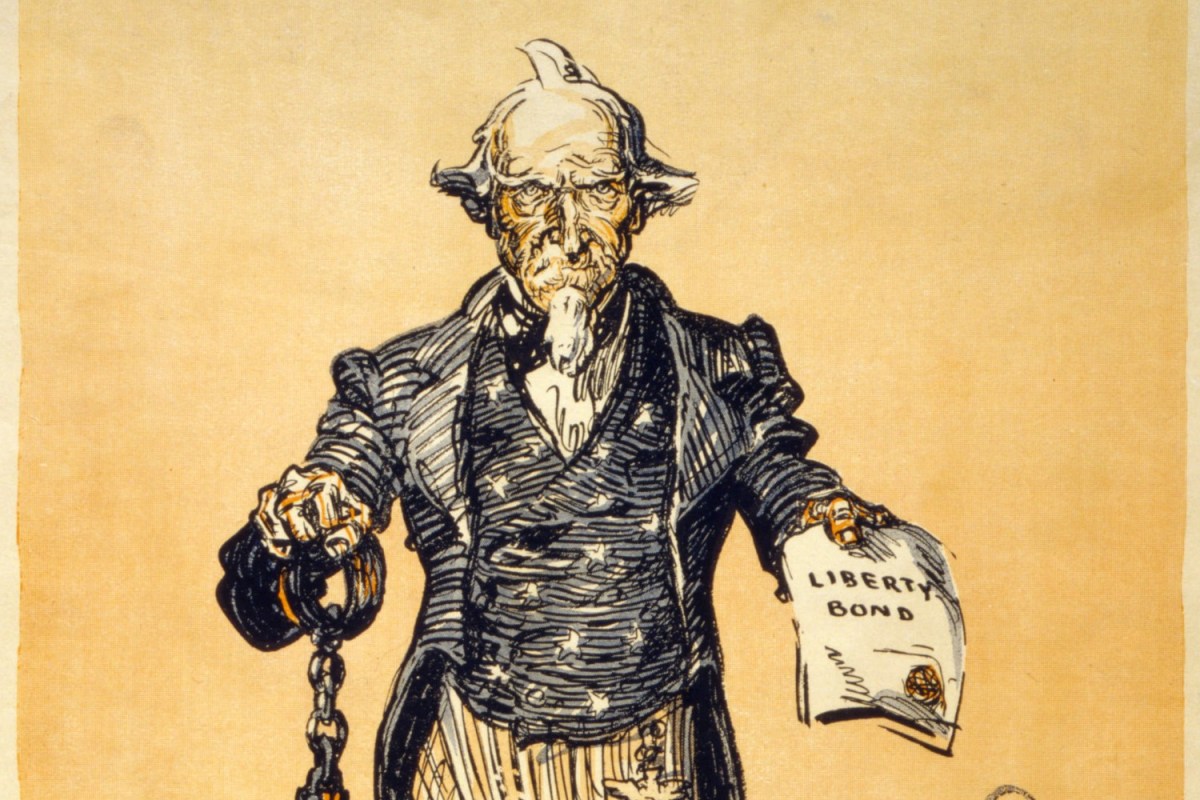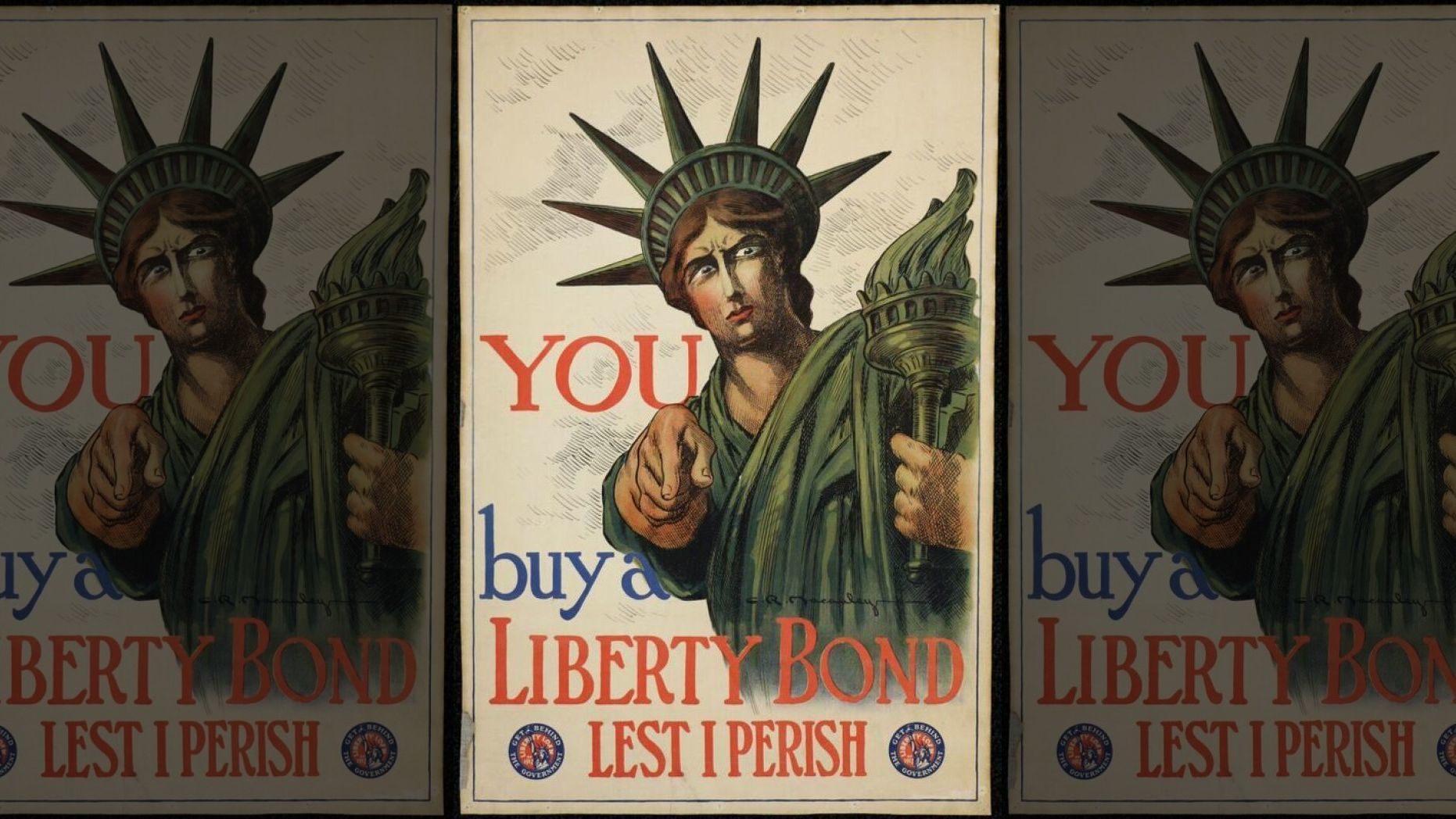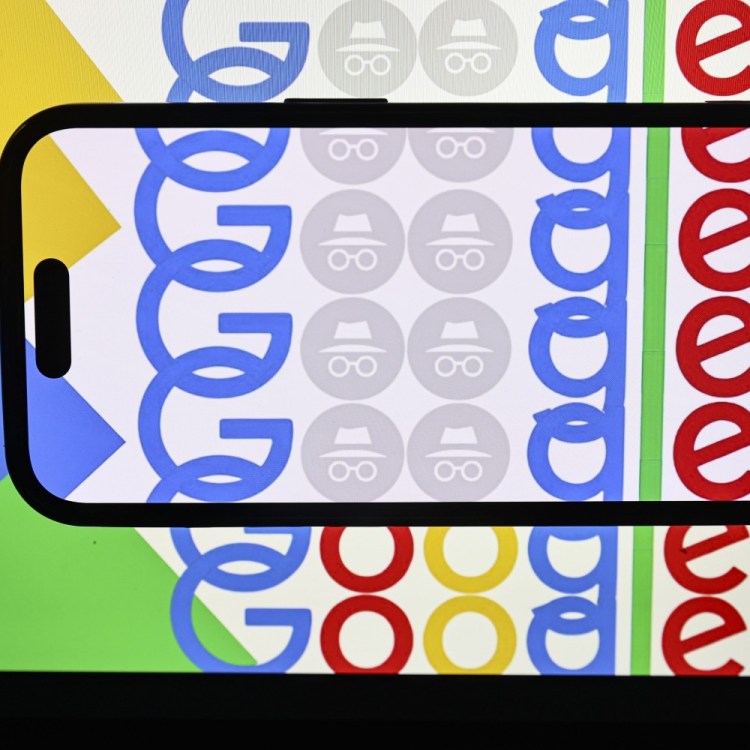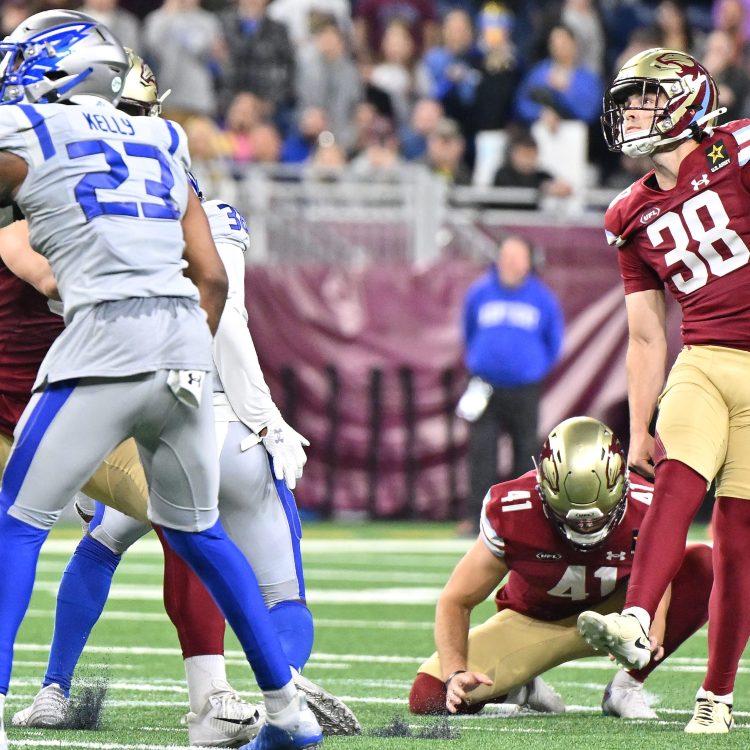When you think of a nation at war, historically speaking, what are the images that come to mind that don’t involve soldiers? You might picture factories at work producing munitions, or newsreel images recounting stories from the front to people back home. But there’s also another kind of image that has historically gone hand in hand with war, and those are the images designed to make the case for a certain behavior, emotion or opinion. Alternately: propaganda.
A comprehensive new article by DB Dowd at Hyperallergic ventures back to the first half of the 20th century to explore just how certain forms of propaganda evolved as they did. Dowd’s primary focus is on the illustrations that coincided with World War I — if you’ve seen a lavishly illustrated image touting the benefits of buying liberty bonds, for instance, you’ve seen one of these.
The article points to George Creed’s work running the Committee on Public Information, which was formed in 1917. Dowd explores how Creed shaped the aesthetics of the work produced by the agency’s Division of Pictorial Publicity. The Society of Illustrators, founded at the start of the 20th century, helped to create a distinctive path for illustration as a discipline distinct from painting.
Dowd explores how the Committee on Public Information’s work overlapped with other aesthetic trends of the time. The head of the Division of Pictorial Publicity was Charles Dana Gibson, the illustrator known for creating the iconic “Gibson Girl” look — and exploring how Gibson’s work before the war shaped the work he supervised during it makes for a fascinating read.
Media literacy is a crucial part of looking at any kind of political image, whether from World War I or the current election. And Dowd’s article offers readers plenty to think about.
Thanks for reading InsideHook. Sign up for our daily newsletter and be in the know.











